Reproduction
Reproduction is…
Reproduction is a crucial aspect of an animal’s life, and we are pleased to offer you specialised services in this field.
Our team of veterinary specialists is dedicated to providing the best care in animal reproduction. Whether you are considering breeding your pet or are concerned about their reproductive health, we are here to help you through the entire process.
We offer a wide range of reproductive-related services designed to meet all your needs
Pregnancy diagnosis
Diseases of the reproductive system of the bitch
![]() Pathologies of the ovaries
Pathologies of the ovaries
![]() Pathologies of the uterus
Pathologies of the uterus
![]() Disorders of the vagina
Disorders of the vagina
![]() Pathologies of the external genitalia
Pathologies of the external genitalia
Diseases of the reproductive system of the dog
![]() Pathologies of the testicles
Pathologies of the testicles
![]() Pathologies of the prostate
Pathologies of the prostate
WE PROVIDE YOU WITH THE NECESSARY SUPPORT THROUGHOUT YOUR PET’S REPRODUCTIVE PROCESS.
The pyometra-cystic endometrial hyperplasia complex
Pyometra is a hormone-mediated disorder of oestrus. It is probably the most common reproductive pathology in female dogs.
The disease is due to a bacterial infection of the uterus, causing bacteraemia and severe life-threatening toxaemia. Older bitches progressively develop cystic endometrial hyperplasia (CEH), which appears to be the result of an exaggerated response of the endometrium to repeated exposure to progesterone.
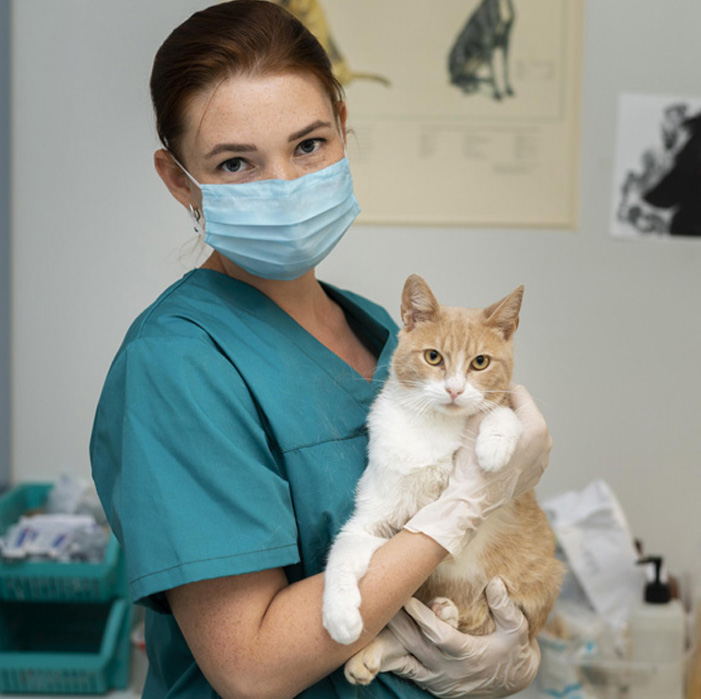
The Aetiopathogenesis
During the luteal phase, endometrial hyperplasia develops, which is physiological, due to the high concentration of progesterone. This hormone induces endometrial growth and glandular secretion while inhibiting myometrial contractility. This hyperplasia regresses as the corpus luteum and progesterone levels return to basal levels.
In some bitches that have been subjected to multiple progesterone stimulation throughout their lives, the hyperplasia tends not to involute at the end of oestrus and at the next oestrus, the stimulation of progesterone added to the action of oestradiol (increases the number of endometrial progesterone receptors) on the already hyperplastic areas induces the development of endometrial cysts, thus increasing the secretion in the uterine lumen. Coli (70 % cases), Staphylococcus Pseudomonas and Proteus.
Progesterone in addition to these functions also inhibits myometrial contractions and keeps the cervix closed.

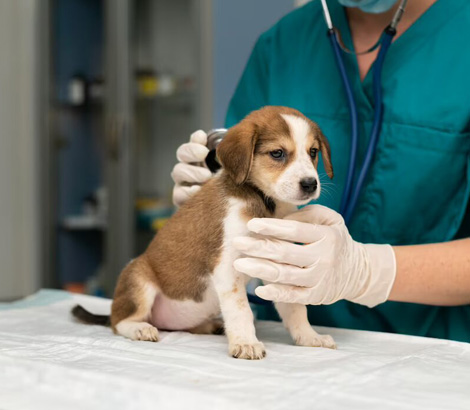
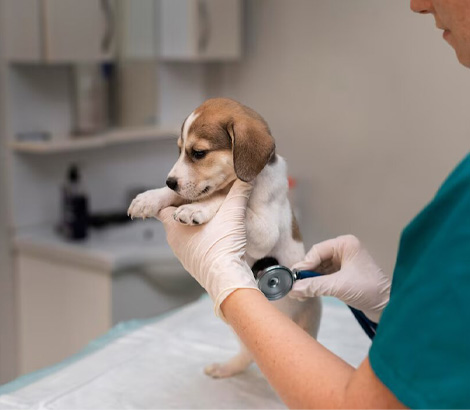
Symptomatology
Disturbances consist of depression, fever, palpable enlargement of the uterus, rectal temperature may increase, polyuria/polydipsia syndrome (increased urinary volume and water consumption).
In cases of open cervix, intermittent or continuous vaginal discharge is seen depending on the cervical opening.
Diagnosis
Haematology and biochemistry
Leukocytosis with a left shift with counts between 30,000 and 50,000/mm3 appears.
Normocytic and normochromic anaemia
Elevated urea and creatinine
Increased globulins and decreased albumin.
Radiología
En el abdomen ventral y caudal se puede ver típicamente una estructura tubular de líquido denso, mayor que las asas del intestino delgado.
Ecografía
Se evidencia la dilatación de los cuerpos uterinos y su contenido hipoecogénico, con esta técnica se puede determinar el diámetro de los cuernos que nos ayudaría al diagnóstico de piometra cerrada o abierta.
Radiology
A tubular structure of dense fluid, larger than the loops of the small intestine, is typically seen in the ventral and caudal abdomen.
Ultrasonography
The dilatation of the uterine bodies and their hypoechogenic content is evident. With this technique, the diameter of the horns can be determined, which would help us to diagnose closed or open pyometra.
Treatments
There are two types of treatment
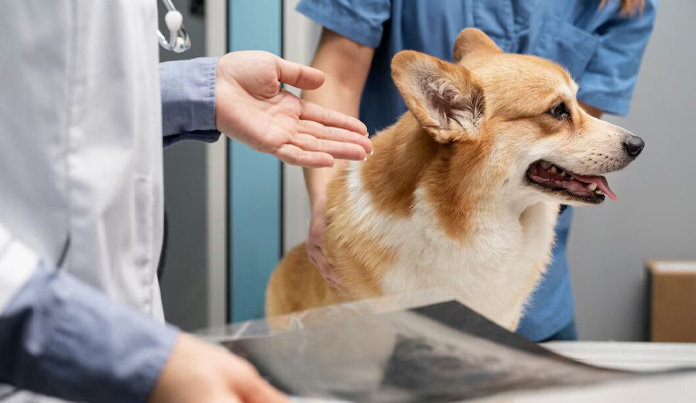
Medical
Ovariohysterectomy (removal of the ovaries and uterus). The chances of success are very high, but there may also be complications due to the condition of the animal before surgery, such as peritonitis and renal failure.
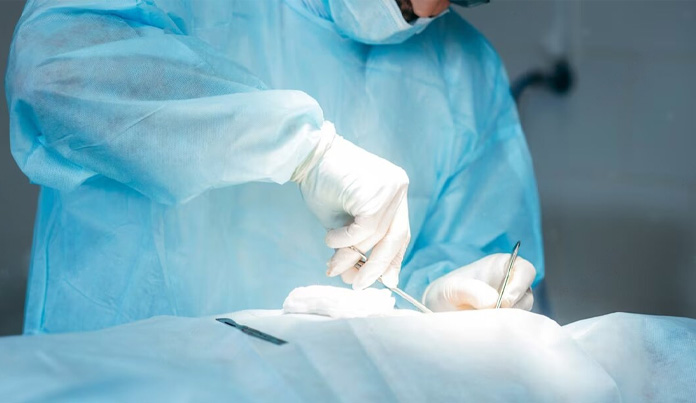
Surgical
It must be assessed very well by the veterinarian identifying at each moment if it is an open or closed pyometra, being treated in the first case, by antibiotherapy, prostaglandins or by the administration of aglepristone. The results are usually less satisfactory and there is a possibility of recurrence.
